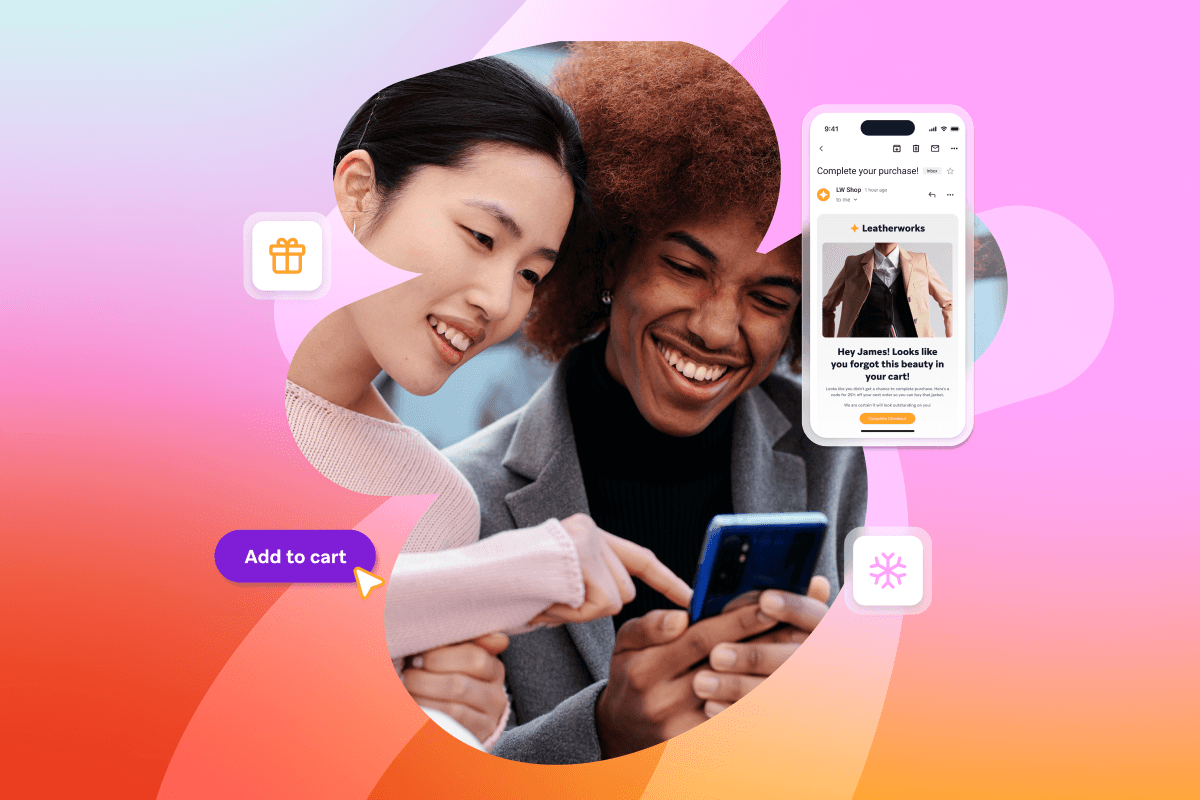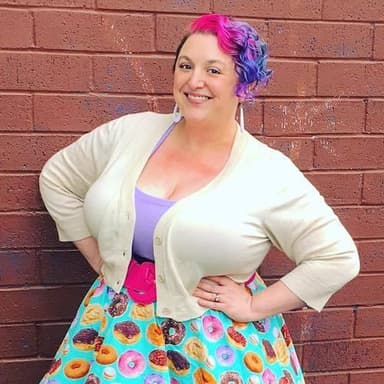How Saucey Uses Conversion Tracking to Speed New Purchases
Published on February 24, 2017/Last edited on February 24, 2017/4 min read


Team Braze
Many people are willing to “try something once,” but they may well not return for a second conversion. (Maybe they’ve forgotten about your app or were lured away by a competitor.) Effectively monetizing your customer relationships can be a challenge in today’s highly distracted world. Between busy schedules and tech-driven information overload, it can be really difficult to remind customers about your brand’s value and to get them to make an additional purchase or other conversion.
But when customers do return and buy again, it’s an encouraging sign—suggesting both that they see the value that you provide and that they’re open to a continuing relationship with your brand. For brands looking for ways to do a better job nudging customers to convert a second (and third and fourth and….) time, conversion tracking can make it a lot easier to tell which messaging campaigns are moving the needle on conversions.
That’s what on-demand alcohol delivery brand Saucey did.
Seeking the Elusive Second Purchase
Appboy / Saucey Case Study from Appboy
Saucey saw the potential in targeting customers who hadn’t yet made a second purchase with messages designed to encourage them to come back and buy again. By helping them establish a pattern of engagement, the brand had an opportunity to increase the odds that these customers thought of Saucey the next time they needed to make an order—for instance, if they found themselves low on beer during the year’s biggest game.
Saucey focused their campaign on first time buyers who hadn’t made another purchase, sending them an email that contained a promo code good for $10 off their next purchase and using audience segmentation to ensure that only these users received the campaign. These sorts of discounts can do a lot to encourage less-engaged customers to make a purchase and nudge them toward becoming long-term users and fans. But they only work if customers are actually moved to buy when they receive them.
To monitor the impact that this targeted email campaign had on whether or not recipients made a new purchase, Saucey took advantage of conversion tracking. This tool allows marketers to assess the impact of a campaign on purchases and other conversions, making it possible to optimize future outreach to maximize effectiveness.
All told, Saucey found that campaign recipients made their next purchase 25% sooner than users who had made a single purchase but hadn’t received the campaign. By taking advantage of conversion tracking, the brand was able to quantify the impact their outreach had on conversions and send more impactful, resonant promotional emails to their users going forward.
What Marketers Can Learn from Saucey
A messaging campaign that doesn’t achieve its intended results isn’t usually one you want to repeat. But if you’re unsure whether a conversion-focused campaign has led its recipients to convert, it’s nearly impossible to make smart choices about how to iterate on your messaging and consistently drive better outcomes. For Saucey, taking advantage of conversion tracking helped them better understand and track the impact of their email outreach, making it easier to effectively re-engage existing customers and consistently monetize their audience.
Conversions are a strong signal that customers are engaged with your brand and can provide useful data for future segmentation and message personalization, potentially driving even stronger retention and monetization over the long haul. That makes conversion tracking a handy tool when you’re looking to ensure that your strategy is effective and keeps you from hitting customers with campaigns that they just don’t respond to. After all, you may feel good about a given approach or campaign, but if users aren’t converting (or are converting less and less over time), you need to know about it in order to tweak your strategy—or even trying something else entirely.
Want to learn more? Check out our full Saucey case study or dig deeper into the approaches they used:
Be Absolutely Engaging.™
Sign up for regular updates from Braze.
Related Content
View the Blog
Holiday Email Deliverability: Tips and Tricks from Braze Experts

Team Braze

Destination Inbox: Navigating the Modern Landscape of Email Deliverability

Alison Gootee

Know Your Push: Understanding the Different Push Notification Devices and How to Use Each Effectively
